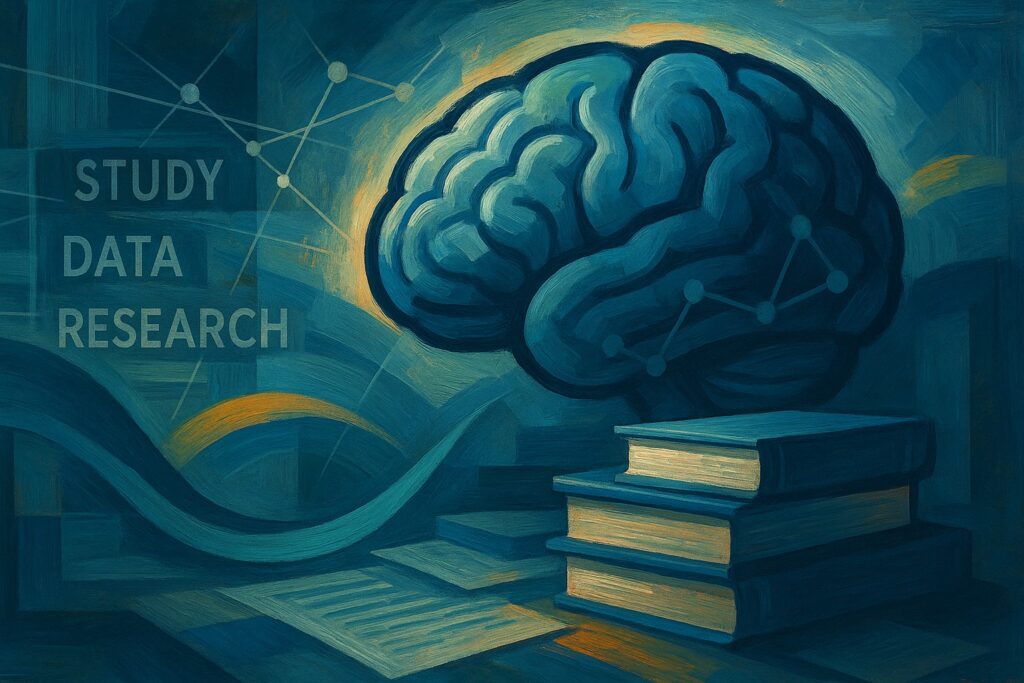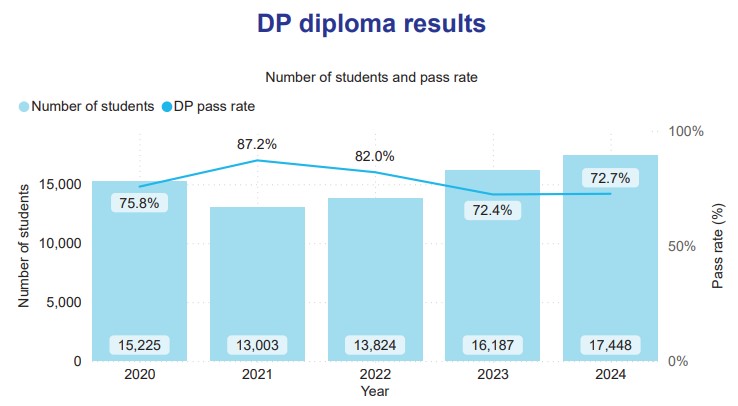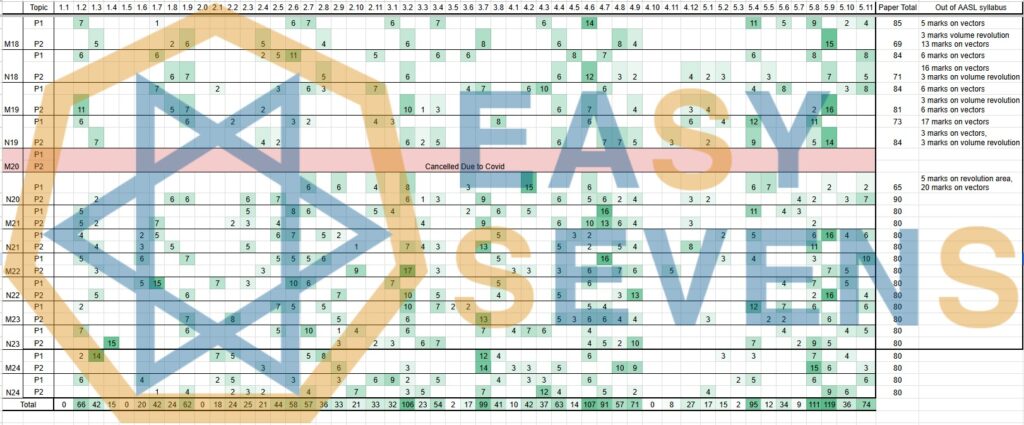Welcome to our IB blog, where we provide helpful resources and guidance to students preparing for the International Baccalaureate Diploma Programme (IBDP). In this post, we will explore the question that many students and parents ask when choosing a middle school curriculum: MYP vs. IGCSE? Both MYP (Middle Years Programme) and IGCSE (International General Certificate of Secondary Education) are popular options for students aged 14-16, but which one is the better preparation for IBDP?
In this post, we will provide an overview of both MYP and IGCSE, highlighting their similarities and differences, as well as their respective pros and cons. We will also discuss how each of them can prepare students for IBDP and provide examples of how they are becoming increasingly aligned with the IB curriculum. Our goal is to provide you with the information you need to make an informed decision based on your own needs and goals. So, let’s dive in and explore the differences between MYP and IGCSE as a preparation for IBDP.
MYP Overview
MYP, or Middle Years Programme, is an educational framework designed by the International Baccalaureate (IB) for students aged 11-16. MYP is not a fixed curriculum but rather a flexible framework that schools can adapt to their local context. It aims to develop students’ intellectual, personal, emotional, and social skills to prepare them for the challenges of the future.
The MYP curriculum is structured around eight subject groups: language acquisition, language and literature, individuals and societies, sciences, mathematics, arts, physical and health education, and design. MYP teachers use a variety of teaching methods, including inquiry-based learning, project-based learning, and experiential learning, to help students develop their critical thinking, research, and communication skills.
MYP assessment is based on four criteria: knowledge and understanding, application, analysis and evaluation, and synthesis and creation. Each criterion is assessed on a scale of 0 to 8, with a total score of 32 possible for each subject. Additionally, MYP emphasizes the development of skills such as intercultural understanding, communication, and global perspectives. MYP students also engage in Service as Action and Personal Project components to apply their learning to real-world issues and develop their own interests.
While MYP has its advantages, such as promoting critical thinking and a global perspective, it also has some drawbacks. One of the main criticisms of MYP is that there is a significant variation in curriculum and assessments between schools, which can lead to a lack of consistency in student preparation. Additionally, some students may find the emphasis on skills development to be challenging or irrelevant to their goals.
IGCSE Overview
The International General Certificate of Secondary Education (IGCSE) is an exam-based qualification designed for students aged 14-16. Unlike the MYP, which is a framework, the IGCSE is a standardized curriculum with external exams. Students can choose from a wide range of subjects and study them in-depth. The IGCSE syllabus provides detailed guidelines on what students need to learn, and there are many resources available to help with teaching and learning.
One of the advantages of IGCSE is the International Certificate of Education (ICE). This certificate is awarded to students who pass a minimum of seven IGCSE subjects, including two different languages and one subject from each of the following groups: Humanities, Science, Mathematics, and Creative, Technical, and Vocational. The ICE certificate provides evidence of a well-rounded education and can be beneficial for university admissions.
However, some students may find the IGCSE too prescriptive, with limited flexibility to explore individual interests. Additionally, some schools may not offer a wide range of IGCSE subjects, which can limit students’ choices. Finally, the external exams can be stressful for some students and may not accurately reflect their abilities.
MYP vs. IGCSE
While MYP and IGCSE are both recognized middle school curriculums, they have fundamental differences that make them unique. It’s important to understand these differences to make an informed decision on which program is the best preparation for the IBDP.
The main difference is that MYP is a framework, while IGCSE is an exam-based qualification. MYP is designed to provide a holistic educational experience by offering students a broad range of subjects and encouraging the development of critical thinking, communication, and intercultural understanding. In contrast, IGCSE is primarily focused on academics and measures student progress through external examinations.
Despite these differences, both programs can prepare students for the IBDP. MYP provides a strong foundation for the interdisciplinary and inquiry-based approach of the IBDP, while IGCSE offers a standardized curriculum and external exams that can help students develop exam-taking skills and discipline.
It’s worth noting that the experience of MYP and IGCSE can vary depending on the school and teachers chosen. Some schools may offer a more rigorous and challenging program, while others may have a more relaxed and flexible approach. It’s important to research and compare the different options available to make the best decision for your personal circumstances and goals.
Additionally, IGCSE is becoming increasingly aligned with IBDP, with some schools even using the IGCSE curriculum as a foundation for their IBDP program. This may make the transition to the IBDP smoother and less daunting for students who have studied IGCSE.
Ultimately, the decision of which program to choose depends on individual circumstances and preferences. It’s important to evaluate the curriculum, assessment methods, and teaching approaches to find the program that best suits your goals and needs.
Which Curriculum is Best for IBDP?
In conclusion, both MYP and IGCSE have their strengths and weaknesses when it comes to preparing students for the IBDP. MYP provides a comprehensive framework that emphasizes skills development and global perspectives, while IGCSE offers a standardized curriculum and exam-based qualification with a range of subjects to choose from.
Ultimately, the choice between MYP and IGCSE depends on individual circumstances and preferences. Factors such as the choice of schools and teachers, as well as the goals and needs of the student, should be taken into consideration.
It’s worth noting that IGCSE is increasingly becoming aligned with the IBDP, with schools offering courses that are designed to help students transition smoothly from IGCSE to the IBDP. Regardless of the path chosen, both MYP and IGCSE can provide a solid foundation for success in the IBDP and beyond.
We hope this post has been helpful in providing an overview of MYP and IGCSE and their suitability as preparation for the IBDP. It’s important to make an informed decision when choosing a middle school curriculum, and we encourage readers to do their own research and consult with educators before making a decision.




